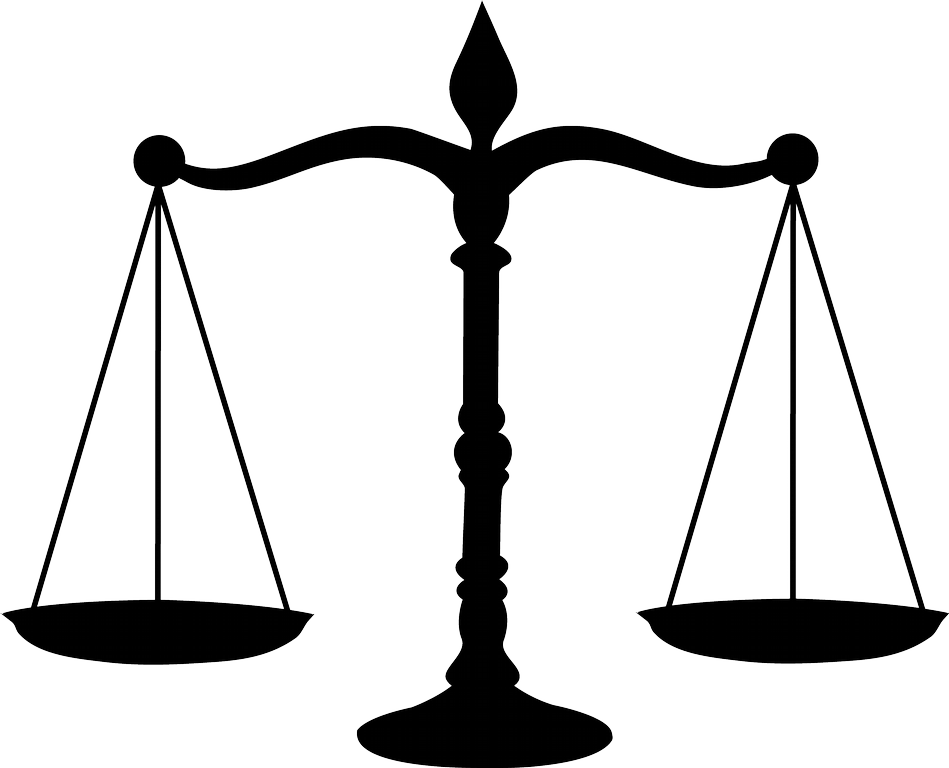Discrimination
Employment discrimination is punishable by law based on the humanistic theory that all beings are created equal and must be afforded equal rights and equal protection of the law. Employment discrimination in the United States stems from issues relating to age, disability, ethnicity, race, religion, sex, and in recent years, gender. The U.S. Constitution, through the Fifth and Fourteenth Amendment prohibits federal and state governments to discriminate. While the U.S. Constitution does not extend to private businesses, a growing number of cases through the years had the U.S. Supreme Court interpreting the anti-discriminatory provisions as applicable to both the public and private sectors.
Discriminatory practices relating to employment are prohibited by both federal and state statutes. Discriminatory practices include bias in hiring, promotion, compensation and termination. Discriminatory practices also include sexual harassment. Equal protection right requires state and federal governments to treat employees, former employees, and job applicants equally, regardless of sex, race or religion. One of the most common issues arising from violation of the equal protection clause would be refusing women or members of the LGBT community the same promotion opportunities or the same pay afforded to male workers, or refusing married homosexual couples the same employment benefits afforded to married heterosexual couples. Moreover, women have also been historically victims of discriminatory employment practices that numerous nationwide class actions have been spawned as a result of these practices.
Under the right to due process, employers are required to give employees a fair process especially when there is investigation involving an employee or in cases of termination. One of the common cases arising from employers' violation of the right to due process would be terminating an employee because the employee exercised his or her right to form or join a union. In addition, there are several cases of employees who were laid off because they sued their employer.
When found to have suffered from discrimination, an employee may seek redress for damages against the employer. Under the U.S. Code, employees are guaranteed the right to a jury trial for cases seeking compensatory and punitive damages arising from discriminatory practices. The Civil Rights Act of 1964 also prohibits discriminatory practices by employers who have businesses in two or more states. While state and federal statutes are specific as what consists discriminatory practices, proving its existence is not easy and would require an attorney specializing in these matters. Filing a claim or a suit has to go through a tedious process that would often involve a review by a government agency and a race against statute of limitations. On top of that, the employee, being the plaintiff, also has to shoulder the cost in procuring evidence of the alleged discriminatory practices.
It is not easy for an employee, especially if acting alone, to battle an employer as the employer typically has a bevy of lawyers on stand-by to argue that the employment practice is not discriminatory and is in accordance with the law. Add to this another huge difficulty when that employer is a major corporation, whose power is not just limited to its business industry, but also extends to all three branches of the government.

